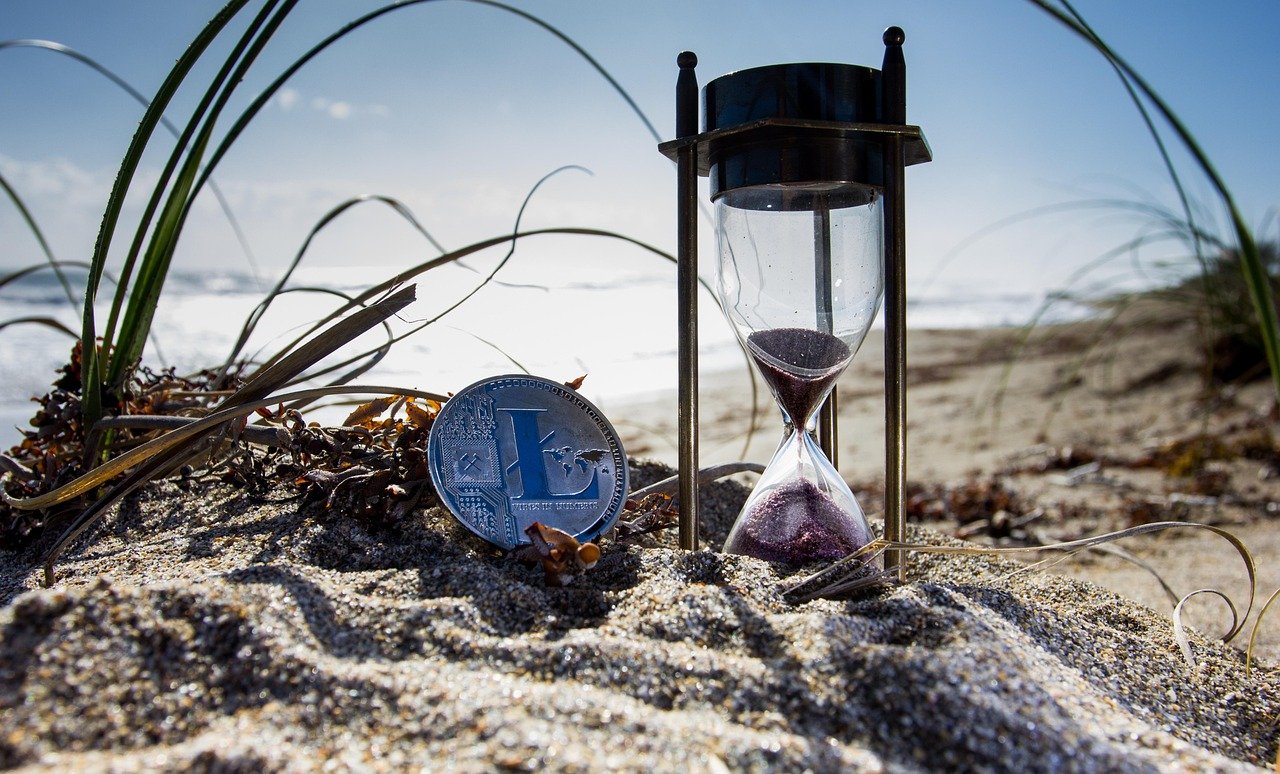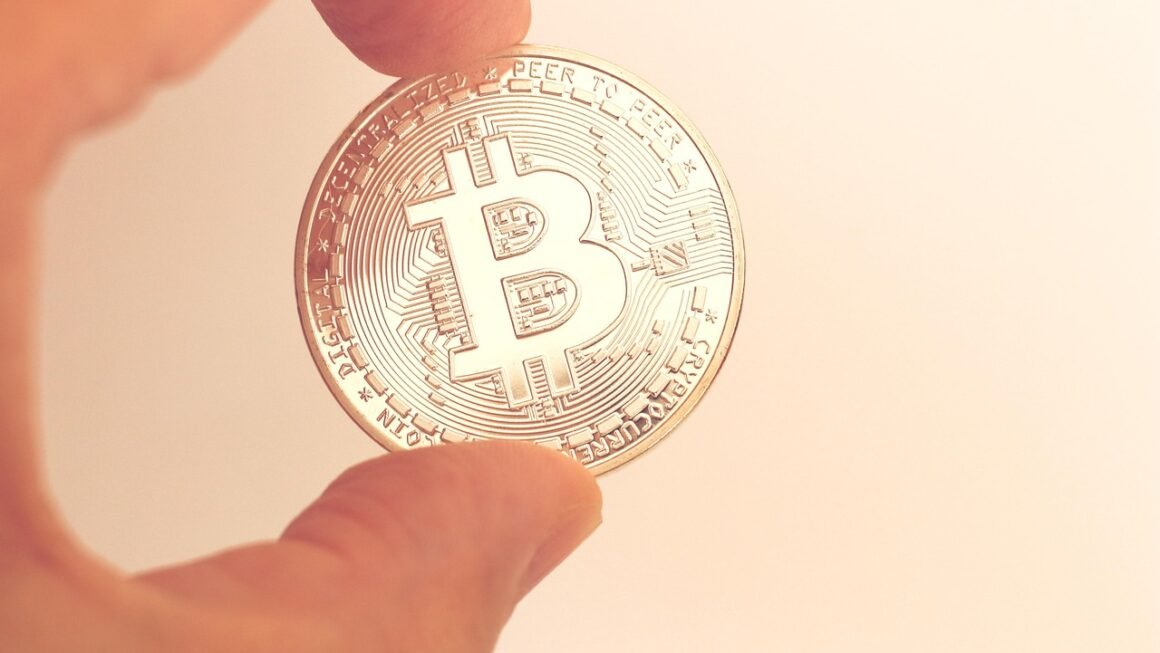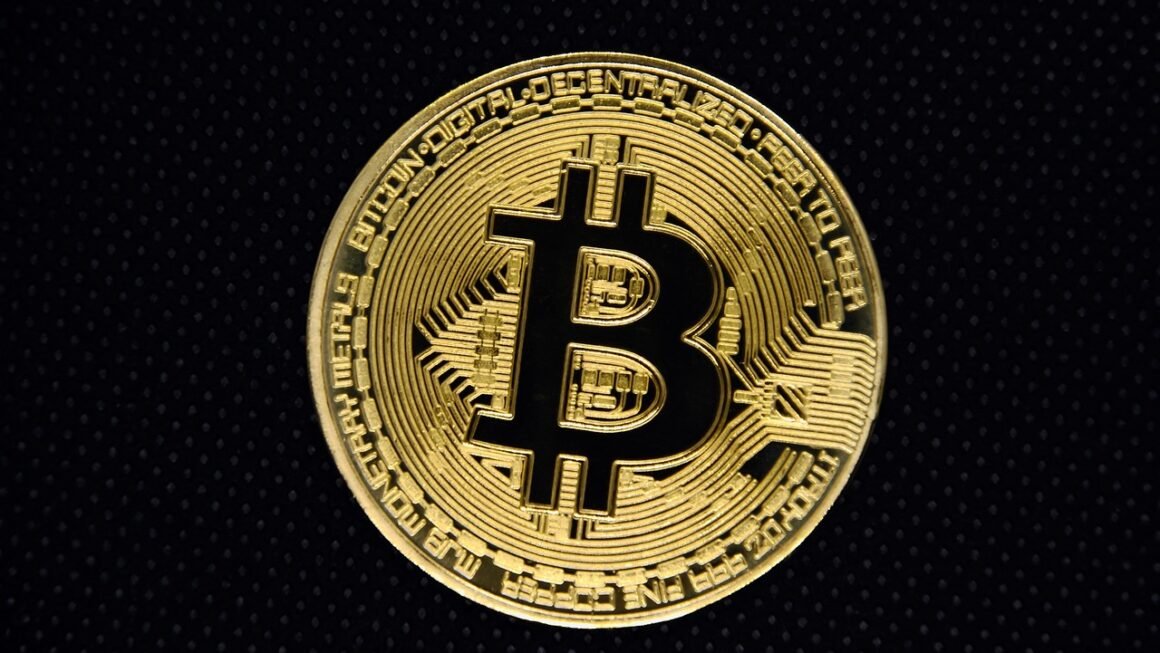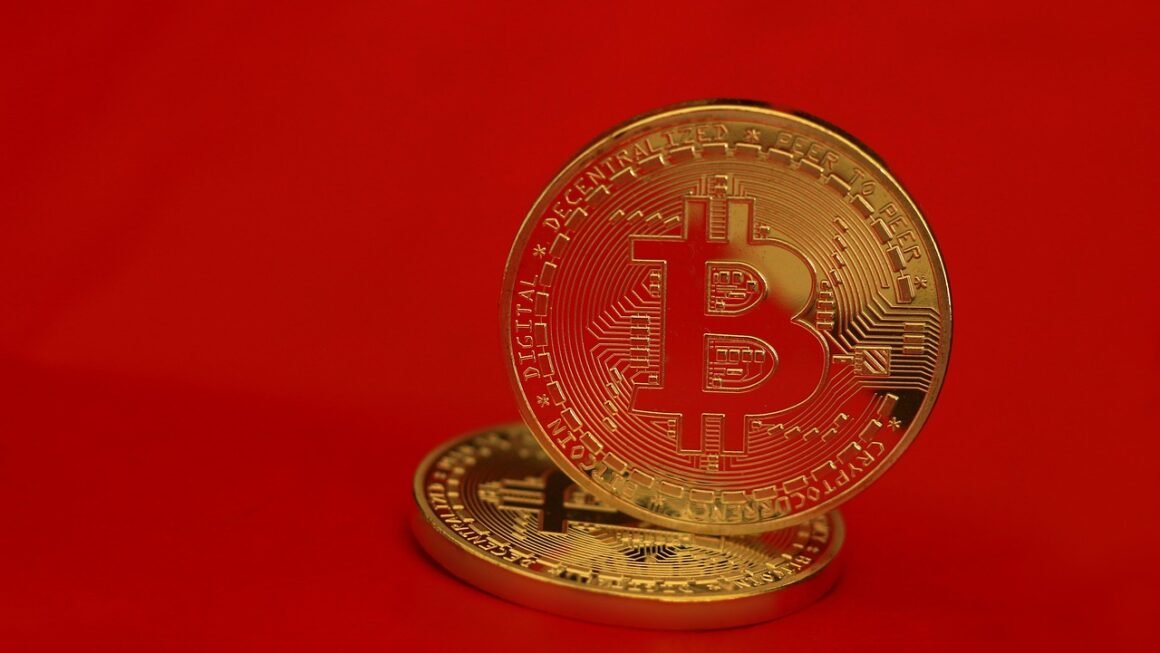Navigating the world of cryptocurrencies and decentralized applications (dApps) can be exciting, but understanding the intricacies of gas fees is crucial for a smooth and cost-effective experience. Gas fees are the transaction fees users pay to blockchain networks like Ethereum to execute operations. This post will break down everything you need to know about gas fees, why they exist, how they’re calculated, and strategies to minimize them.
What are Gas Fees?
The Role of Gas in Blockchain Transactions
Think of gas fees as the fuel powering the Ethereum network and similar blockchains. Just like your car needs gasoline to run, blockchain transactions require “gas” to be processed. Gas fees compensate the network’s miners or validators for the computational effort required to validate and include your transaction in a block. Without gas fees, the network would be vulnerable to spam and denial-of-service attacks.
- Gas is the unit that measures the amount of computational effort needed to execute specific operations on the blockchain.
- Each operation, from simple token transfers to complex smart contract executions, consumes a certain amount of gas.
- Miners prioritize transactions with higher gas fees, leading to faster confirmation times.
Why Do Gas Fees Exist?
Gas fees serve several vital purposes:
- Incentivize Miners/Validators: They reward miners or validators for their work in maintaining the blockchain’s integrity and security.
- Prevent Spam: By making transactions costly, gas fees discourage malicious actors from flooding the network with useless or harmful transactions.
- Resource Allocation: Gas fees help to allocate the network’s limited resources fairly, ensuring that important transactions are processed efficiently.
Understanding Gas Units and Gas Price
Gas Limit vs. Gas Used
When submitting a transaction, you set a gas limit, which is the maximum amount of gas you’re willing to spend. The actual amount of gas consumed by the transaction is the gas used.
- Gas Limit: The maximum amount of gas you’re willing to pay for the transaction. Setting a low gas limit may cause your transaction to fail.
- Gas Used: The actual amount of gas consumed by the transaction. This value is always less than or equal to the gas limit.
- If the transaction requires less gas than the gas limit, you receive the unused gas back. If the transaction requires more gas than the limit, it fails, and you still pay for the gas used up to that point.
Gas Price and Gwei
The gas price is the amount you’re willing to pay per unit of gas, denominated in Gwei (Gigawei), which is a fraction of Ether (ETH). 1 Gwei equals 0.000000001 ETH (10-9 ETH).
- The gas price is a crucial factor in determining the transaction’s priority.
- Higher gas prices typically result in faster transaction confirmation times.
- Lower gas prices may result in slower confirmation times or even transaction failure.
- Example:
Let’s say you set a gas limit of 21,000 units and a gas price of 50 Gwei. If your transaction uses all 21,000 units, the total gas fee would be:
21,000 units 50 Gwei/unit = 1,050,000 Gwei = 0.00105 ETH
Factors Influencing Gas Fees
Network Congestion
The primary factor influencing gas fees is network congestion. When more people are using the blockchain, demand for block space increases, leading to higher gas prices.
- Increased activity on the network (e.g., during popular NFT drops or DeFi activity) causes higher congestion.
- High congestion leads to miners prioritizing transactions with higher gas prices.
- Periods of low network activity usually result in lower gas fees.
Transaction Complexity
More complex transactions, such as those involving smart contracts, require more computational resources and therefore consume more gas.
- Simple transactions, like sending ETH, consume less gas.
- Smart contract interactions, especially those with multiple function calls, consume significantly more gas.
- Transactions involving complex computations or large data storage consume more gas.
Base Fee and Priority Fee (EIP-1559)
The Ethereum Improvement Proposal (EIP) 1559 introduced a new fee structure, comprising a base fee and a priority fee.
- Base Fee: This fee is algorithmically determined based on the network’s congestion and is burned (removed from circulation).
- Priority Fee (Tip): This fee is paid directly to miners to incentivize them to include your transaction in a block.
- EIP-1559 aimed to make gas fees more predictable and reduce fee volatility. While it has helped, congestion can still cause the base fee to rise dramatically.
Strategies for Minimizing Gas Fees
Timing Your Transactions
Submitting transactions during periods of lower network activity can significantly reduce gas fees.
- Track gas prices using websites like Etherscan, GasNow, or Blocknative.
- Avoid peak hours, typically when major exchanges and DeFi platforms see the most activity. Weekends and off-peak hours are often cheaper.
- Use gas trackers to set alerts for when gas prices drop to your desired level.
Using Layer-2 Scaling Solutions
Layer-2 scaling solutions like Optimism, Arbitrum, and Polygon offer significantly lower transaction fees compared to Ethereum’s mainnet.
- Optimistic Rollups: These rollups bundle multiple transactions into a single transaction on the mainnet.
- ZK-Rollups: These rollups use zero-knowledge proofs to validate transactions off-chain.
- Sidechains: Blockchains that run parallel to the mainnet.
- Consider bridging your assets to these Layer-2 networks for cheaper transactions.
Optimizing Gas Limit and Price
Carefully setting the gas limit and price can help you avoid overpaying or having your transaction fail.
- Use gas estimators provided by wallets and dApps to determine the appropriate gas limit.
- Set a reasonable gas price based on current network conditions, considering your urgency.
- Don’t set the gas limit too low, as this can lead to transaction failure and loss of gas.
Batching Transactions
If possible, batch multiple transactions into a single transaction to reduce overall gas costs.
- Some DeFi platforms offer batching functionality to group multiple actions into one transaction.
- Batching can be particularly useful for frequent operations like token swaps or liquidity provisioning.
Conclusion
Understanding gas fees is essential for anyone interacting with blockchain networks. By grasping the factors that influence gas fees and implementing strategies to minimize them, you can make your crypto experience more cost-effective. Keep an eye on network conditions, explore Layer-2 solutions, and optimize your transaction settings to navigate the world of gas fees effectively.



